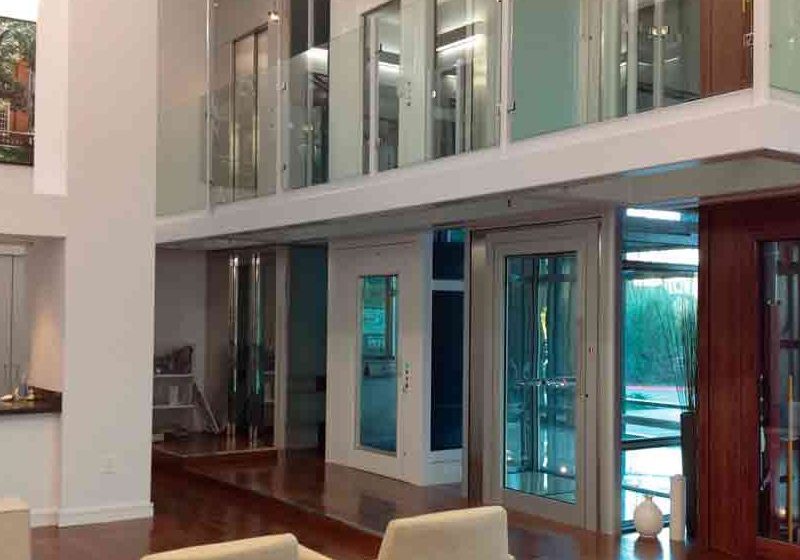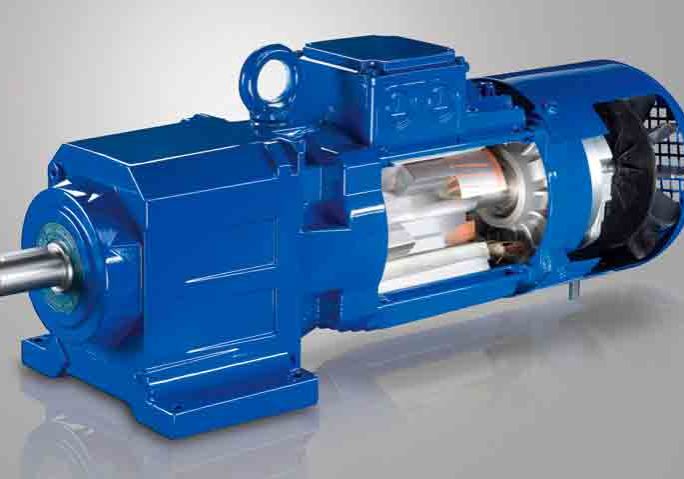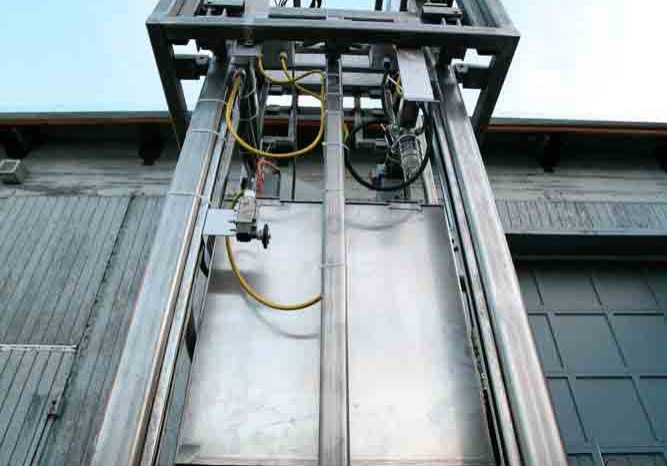At the 2011 Elevator U conference, I gave a presentation on the state of the elevator industry. I indicated that, at the time, the future looked bleak. Economic experts in the construction industry indicated the situation was at its lowest in decades, and, although it was not expected to get better or worse soon, it was in fact expected to “bounce along the bottom” for at least 12 to 18 months. This has been the case. However, I was pleased to receive a recent report from BNi Building News that offers a ray of hope for the immediate future.
The latest edition of BNi Building News reported that construction spending in May of this year reached the highest level since December 2009 and single-family and multifamily homebuilding more than offset a continuing downturn in public construction, according to an analysis of new federal data released by the Associated General Contractors of America (AGCA).
Additionally, Ken Simonson, AGAC’s chief economist, noted private nonresidential construction spending was 19% higher than at this time last year with multifamily construction showing the highest gains over those of last year, at this time. This is good news for our industry and especially encouraging for residential elevator and accessibility equipment manufacturers and installation companies whose efforts are the focus of this month’s issue.
In this month’s issue, we include an article by Douglas Boydston entitled “Accessibility with Dignity,” which not only describes various accessibility-lift configurations and requirements, but also discusses the needs of individuals with impaired mobility. Boydston points out the importance of making sure accessibility equipment is designed to be an asset to those who use it, and that the equipment properly fits into the surroundings in which it is installed.
Also included in this month’s issue is an article about Lift Shop, which emphasizes the advantages and possibilities of providing quality and aesthetically pleasing residential elevators. This article also highlights the recent establishment of Lift Shop’s Elevator Boutique in Los Angeles, which provides luxury home elevators.
The IGV Group provided a report on the launch of its DomusLift in India, which is designed especially for delivery and installation in Indian homes. More than 120 architects, designers, developers and IGV customers attended this event at the Italian embassy in Delhi. The degree of attendance at this event is indicative of the current interest in residential construction in Asia as well as North America.
Providing accessibility for disabled persons in existing buildings is a challenge for our industry, and Rachel Newton’s feature on Atlantic Elevator South’s project at Brown University shows how this can be accomplished. On this project, Atlantic Elevator, in collaboration with ITI Hydraulics, removed and refurbished an aging and extremely weathered wheelchair lift that lay hidden for years in its below-grade shaft, where it deteriorated. This piece of accessibility equipment is now sure to provide many years of service for those in need.
A continuing-education (CE) article by Jay Dickens of ThyssenKrupp Access provides information on limited-use, limited-access elevators, including why they were developed, how they differ from standard elevators, and the codes and guidelines used to design and install them. This article is a must read for those that are or intend to get involved in this segment of the elevator industry. Study of this article and successful completion of its accompanying exam can be used to fulfill some of the CE requirements for National Association of Elevator Contractors Certified Elevator Technicians (CET®).
Members of our industry should be proud to know that by designing, installing and maintaining accessibility equipment and residential elevators, we have been among the first trades to be instrumental in providing “Access for All.” This, in conjunction with the recent news of surges in the residential segment of construction, is the silver lining that we have been waiting for to appear from behind the economic clouds that have been on the horizon until recently.
Get more of Elevator World. Sign up for our free e-newsletter.









